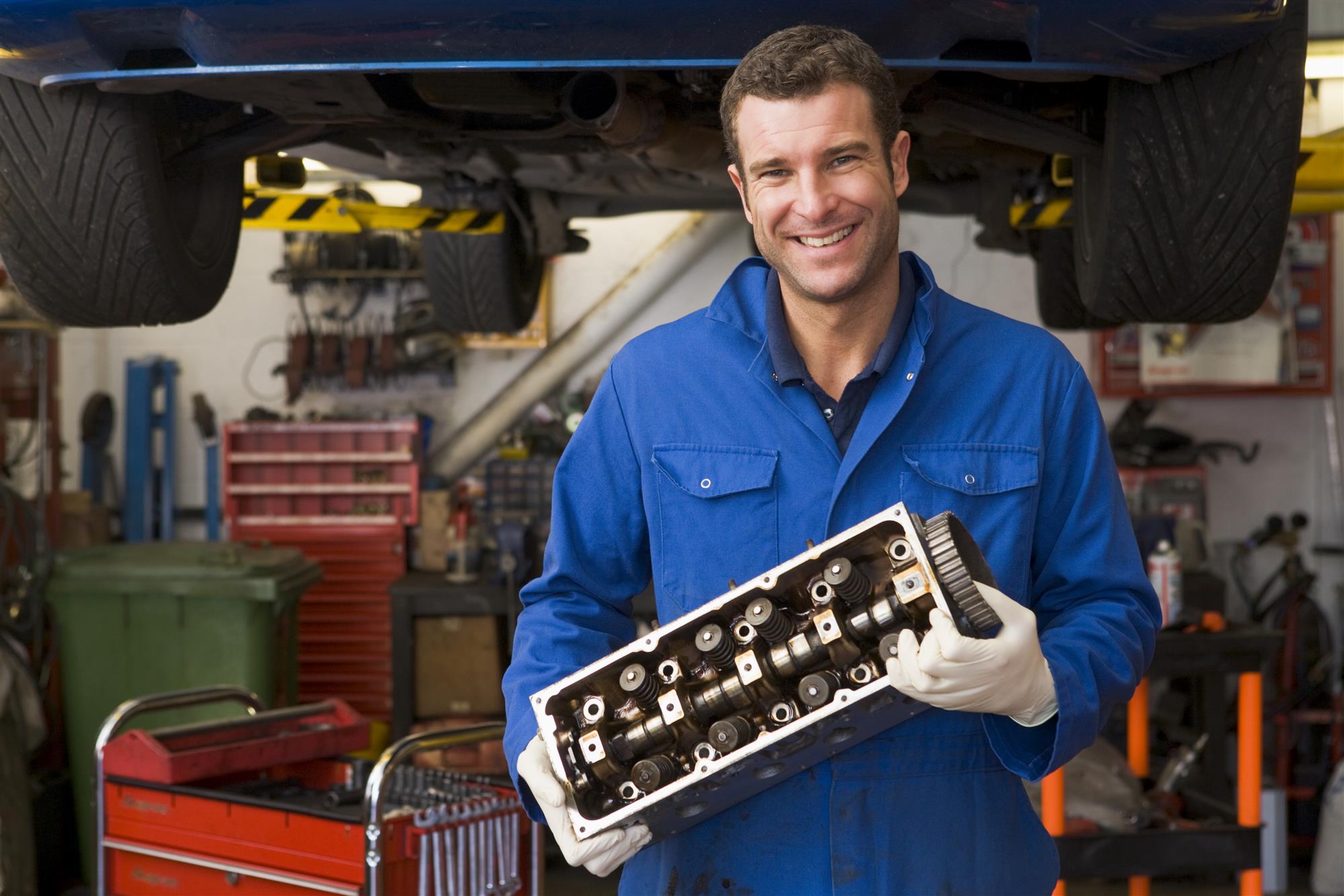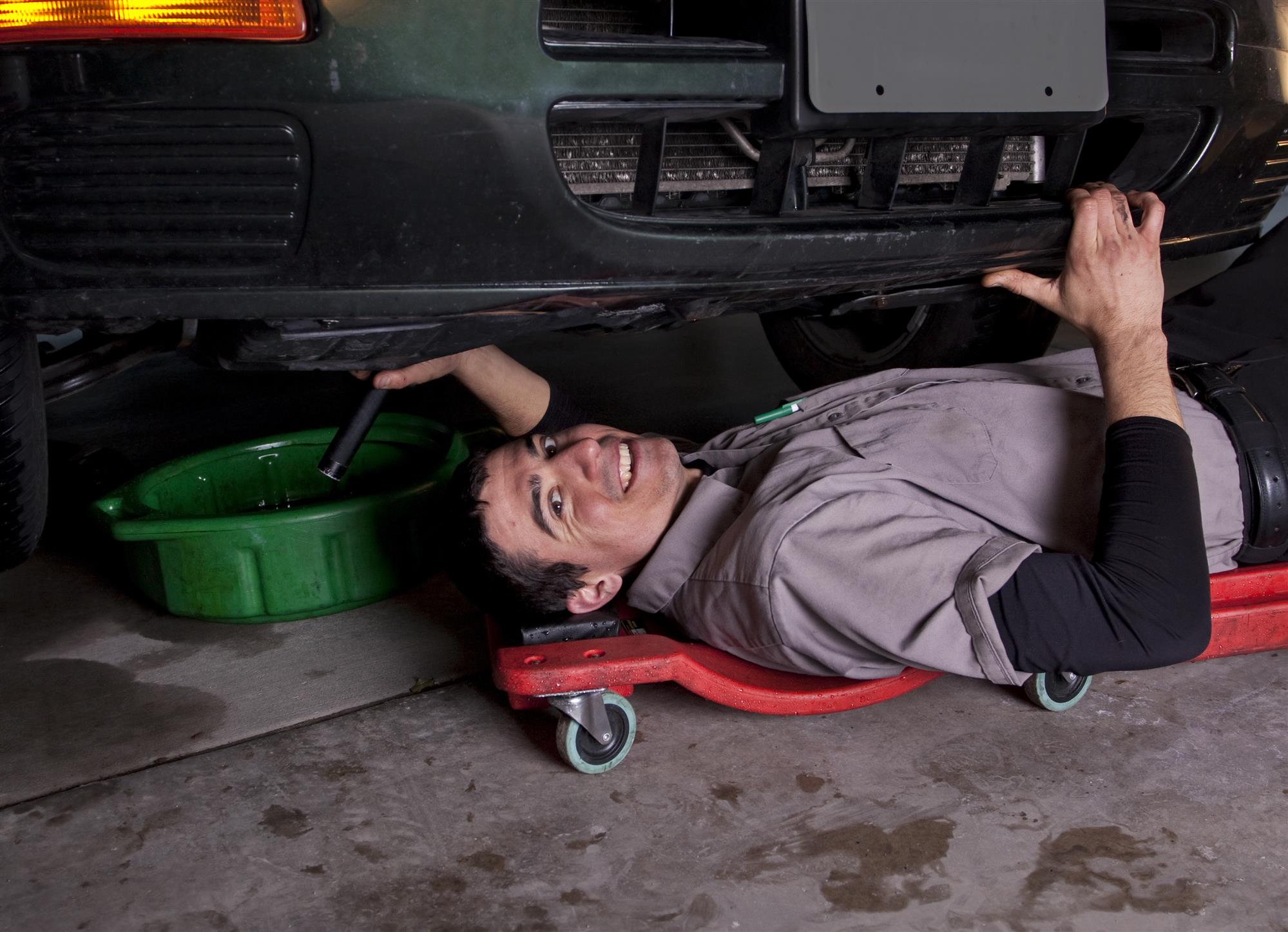Safety Rules for Automotive Repair Shops
Working on vehicles can be a fun, exciting, and rewarding career. However, repair shop owners and their staff need to ensure the proper safety precautions and rules are implemented and followed at all times. Safety measures help protect employees from accidental injuries to themselves, their co-workers, customers, and the vehicles they are repairing. The following is a list of general safety tips every repair shop should use to keep everyone safe.
- Never smoke in or near repair bays or garages. Vehicles contain flammable and combustible fluids that can easily be set on fire if hot ash from a cigar or cigarette were to come into contact with such materials.
- Keep work areas clean and organized. Pick up tools and use tool cabinets to keep walkways clear and free from clutter. Whether it’s a workbench, the workshop floor, toolboxes, or the office, keeping your workspace free from clutter and organizing tools and equipment correctly can prevent a number of dangerous workplace risks and help maintain overall shop safety. Falling over discarded tools, being unable to find the necessary safety equipment in an emergency, or having to stretch or abandon a vehicle or car part in a precarious position to find the right tools are all instances that could potentially be dangerous to workers and other staff.

- Never wear loose clothing or clothing that is ripped or torn. To prevent employees from wearing unacceptable attire, it is recommended to obtain customized uniforms and work apparel from a qualified uniform service company.
- Wear protective gear at all times, as appropriate for the repair. Goggles, gloves, and ear protection should be worn when making certain types of repairs.
- Make sure fire extinguishers are easily acceptable and appropriate for all potential fire types. In the event of a fire, extinguishers need to be accessed quickly and be charged with the right materials to put out the type of fire: i.e., gas, oil, electrical, and so on.
- Always disconnect the battery when working on electrical systems and near/around electrical wiring. Even when the vehicle is off, there is still the potential for current to pass through electrical wiring.
- Never place hands, tools, or other objects near the engine while it is running. The moving parts and components could cause injury to a person or the vehicle itself.
- Never work underneath a vehicle unless it has been properly supported. Raising the vehicle off the ground to access the underside requires verifying it is stable, and that there is no risk of the vehicle falling on top of the mechanic.
- Always remove the keys from the ignition switch. Never leave the key in the ignition switch, as the key can draw an electrical charge from the battery. Also, avoid unplugging fuses and wiring harnesses while the key is in the “on” position. Otherwise, there is a risk of electrical shock, and/or electrical spikes that may damage electronic parts and wiring.
- Be aware of the vehicle’s temperature before beginning any work. The engine, manifold, exhaust system, and radiator could be hot and cause skin burns. Plus, the radiator coolant is still pressurized.
- In addition to wearing chemical and fire resistant clothing, workers should be educated on the right procedures to follow in case of common auto shop safety risks. These include fires, electrical issues, and chemical spills. Regularly retrain new and existing employees in the right steps to take in case of such safety risks to minimize the damage they cause when they happen.
- As part of workplace organization and cleanliness, all eating and drinking should be confined to the kitchen or designated break rooms. Contaminating food with chemicals used in the workshop or eating while working on cars or car parts are two significant risks of choosing to eat in a work area. It also looks unprofessional should customers notice a mechanic or technician eating at his or her workstation.
Automotive Repair Safety Apparel

A major part of staying safe in an auto repair shop is to wear the right protective clothing. In addition to choosing a protective uniform that consists of fire and chemical resistant clothing, the following uniform elements shouldn’t be left out:
- Gloves – Handling engines and car parts that become extremely hot is a safety hazard for automotive technicians. Engines and car parts are also very dirty and even small cuts could easily become infected if not kept clear of dirt and debris.
- Goggles – As mechanics or auto technicians, your employees are up close and personal with many dangerous car parts and liquids that could cause serious damage to their eyes in the case of an accident. Wearing industry-specific safety goggles is crucial to keeping them safe.
- Overalls – Lightweight, durable overalls are the ideal choice for automotive workers’ uniforms, as they will keep dirt, hot liquids, and other debris away from their bodies while still being cool and comfortable to wear.
- Sturdy shoes – Tools and car parts will inevitably fall or be dropped during the work day. Protecting your workers’ feet by providing sturdy work shoes is essential to complete a quality protective uniform.
In addition to the above safety tips, there are government requirements for specific types of repairs, which are the responsibility of shop owners to review and educate their employees about on a regular basis. For all of your shop’s uniform needs, including rentals, leases, and purchases, contact the uniform experts at Prudential Overall Supply at (800) 767-5536 now.